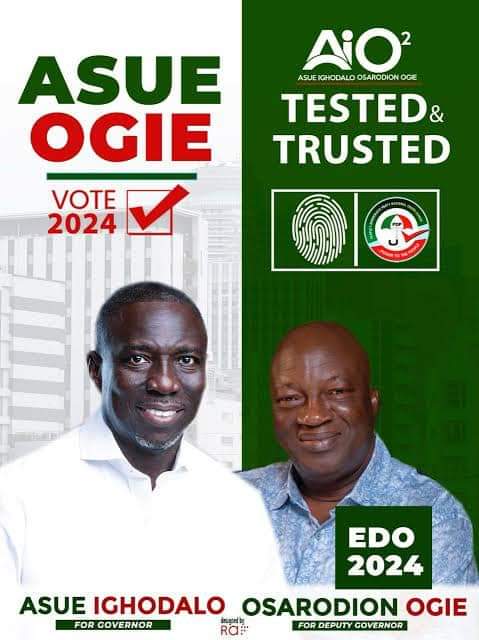
U.S. President Donald Trump signed a wide-reaching executive order on Monday directing drugmakers to lower the prices of their medicines to align with what other countries pay that analysts and legal experts said would be difficult to implement.
The order gives drugmakers price targets in the next 30 days, and will take further action to lower prices if those companies do not make “significant progress” toward those goals.
The order was not as bad as feared, investors, analysts and drug pricing experts said, and they questioned how it would be implemented. Shares of drugmakers, which had been down on the threat of “most favored nation” pricing, recovered and rose on Monday.
Trump told a press conference that the government would impose tariffs if the prices in the U.S. did not match those in other countries and said he was seeking cuts of between 59% and 90%.
“Everybody should equalize. Everybody should pay the same price,” Trump said.
The United States pays the highest prices for prescription drugs, often nearly three times more than other developed nations. Trump tried in his first term to bring the U.S. in line with other countries but was blocked by the courts.
Trump’s drug pricing proposal comes as the president has sought to fulfill a campaign promise of tackling inflation and lowering prices for a host of everyday items for Americans, from eggs to gas for their cars.
Trump said his order on drug prices was partly a result of a conversation with an unnamed friend who told the president he got a weight-loss injection for $88 in London and that the same medicine in the U.S. cost $1,300.
If drugmakers do not meet the government’s expectations, it will use rulemaking to bring drug prices to international levels and consider a range of other measures, including importing medicines from other developed nations and implementing export restrictions, a copy of the order showed.
Credit: Reuters

